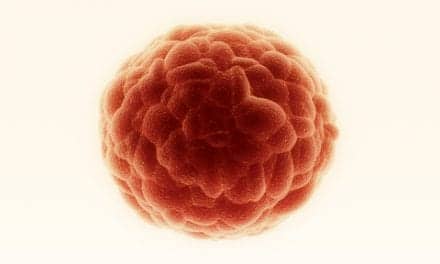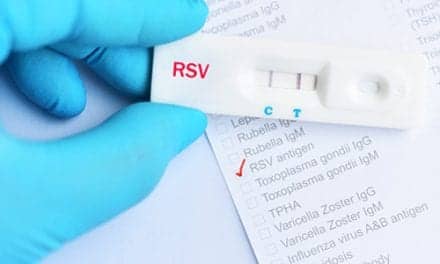Stroke-associated pneumonia (SAP) is a common post-stroke complication that generally occurs within days of stroke onset in approximately one-third of patients with acute stroke.
This infectious complication following stroke is associated with a 3-fold increased risk of mortality within 1 month, further contributing to the deleterious effects of stroke, a cerebrovascular event characterized by a rapid loss of neurologic functions which represents the second-leading cause of death across the globe.
Over the past 20 years, there has been a significant improvement in the understanding of stroke-associated pneumonia, including its risk factors, diagnostic measures, and management strategies.1This article provides an overview of the current understanding of stroke-associated pneumonia , including the mechanisms underlying its development, significant risk factors for the complication, as well as potential management and prevention strategies.
Several risk factors for SAP have been identified; however, the pathophysiological mechanisms of the condition are not as fully understood. Aspiration represents the most frequent cause of SAP, given that many hospitalized patients, particularly those with neurologic injury, experience weak swallowing reflexes and ultimately become vulnerable to aspiration.
While an inserted endotracheal tube is used to protect against large-volume aspirations, this does not eliminate the potential for smaller aspirations of gastric or pharyngeal contents. Additionally, an endotracheal tube can interfere with coughing, a critical defense mechanism against aspirations and pneumonia.6 A strong cough not only protects against aspiration pneumonia, but it may also predict pneumonia risk in patients with acute stroke.7 Attenuation of cough and swallowing reflexes may be an important marker for increased risk of pneumonia in patients with dysphagia following stroke.7










